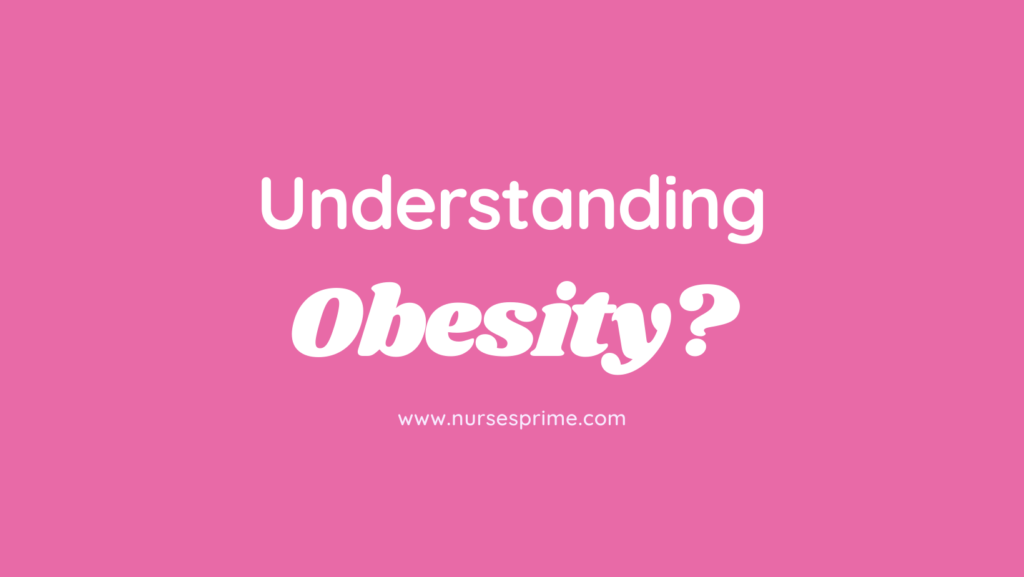Understanding Obesity?
Nursesprime | 10/24/2021 | By NP Team | Understanding obesity?

What is obesity, just a term describing oversized individuals, health risk, or a disease? Although it is one of the most talked-about terms, it is still interpreted quite differently by various people and even by different health care organizations.
Usually, most health organizations or associations agree on one point that obesity is a risk factor for various other disease conditions like diabetes, brain disorders, mental health issues, cardiovascular diseases.
However, keeping in mind the high prevalence of obesity in some nations, like the US, with a more than 40% rate of obesity, researchers are changing their view. American Medical Association now classifies obesity as not a risk factor for other diseases but a disease in itself.
Classifying obesity
Although classifying obesity as a disease may be a bit controversial nonetheless, it may be the right approach. As, treating it may help prevent a range of other disease conditions. Not only that, most obese individuals have various health issues, and many are generally reversed on weight loss.
Not everyone oversized individual is obese
Important to realize that not every oversized individual is obese. The most common way of understanding obesity is by calculating the BMI of the individual. Its formula is weight (kg) / [height (m)]2. Thus, if a person is 75 kg and 1.7 meters in height, then the BMI would be 75/ (1.7)2 = 25.95.
A person with BMI between 18.5 – 24.9 is regarded to be living with a healthy weight. Whereas BMI of 25.0 – 29.9 is overweight, but not obese. However, a BMI of 30 and above is obesity. One is regarded as highly obese if BMI is above 40, and even surgical interventions are justified in such cases.
Significance of BMI
Although BMI is an excellent measure of obesity and associated health risks, but it may not work for all. For a small number of individuals, it may not be the right way to assess obesity. Just take an example of bodybuilders, heavy-weight boxers, weight lifters. If using BMI, it will show that all of them are obese.
In such cases, when a person is well built and has a high muscle mass, it is better to use something called waist-to-hip ratio (WHR). In this, first, the waist circumference is measured at its largest part or around the navel, then one measures the circumference around the most prominent or widest part of the hips.
Waist-to-hip ratio (WHR)
Generally, WHR of 0.8 is suitable for women and 0.95 for men. For women, 0.86 or more WHR is high, and 1 or higher is high for men.
WHR is good in a way that it helps measure a dangerous kind of central or abdominal obesity. For example, some people may seem just slightly overweight by using BMI, but they may have severe abdominal obesity, and they would still be regarded as obese. On the other hand, the well-built sportsman may have BMI higher than 30, but WHR may still be within normal limits, thus excluding it.
Generally, BMI is a more straightforward way of measuring obesity. However, WHR is better at predicting health outcomes.
Additionally, one should keep in mind ethnic differences. For example, South Asians have a greater risk of cardiovascular diseases even if they are mildly obese. To conclude, obesity is a risk factor for numerous chronic ailments. Moreover, due to the high association of various diseases with it, one may consider it a disease.
(Related Article: Faster Ways to Weight Loss)
